
A well-staged home tells the right story—one that lets buyers see themselves moving in tomorrow. But even small staging mistakes can break the spell. These overlooked details carry more weight than you’d think, shaping first impressions before buyers consciously form an opinion. Here are 15 such sneaky mistakes that can quietly chase away your ideal buyer.
Making It Too Personal
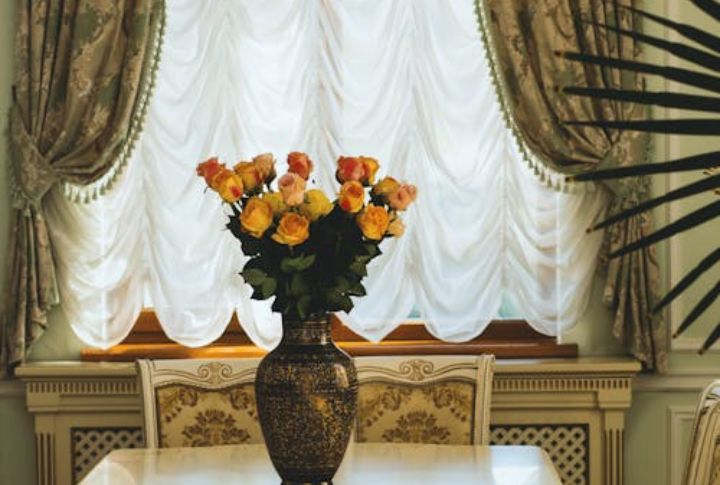
Personal touches can be the fastest way to lose a buyer’s interest, as family photos and bold taste scream someone else’s home. That emotional barrier is hard to overcome, so strip it back. Neutral may seem boring, but it makes buyers stay focused on the house, not the owners.
Letting The Exterior Undersell The Interior

Before a door swings open or a welcome mat is stepped on, buyers have already formed opinions. Therefore, a cracked walkway or an overgrown garden may cast shadows of doubt in a buyer’s mind. When the exterior is forgotten, it raises questions about what else might be.
Leaving Lighting As An Afterthought
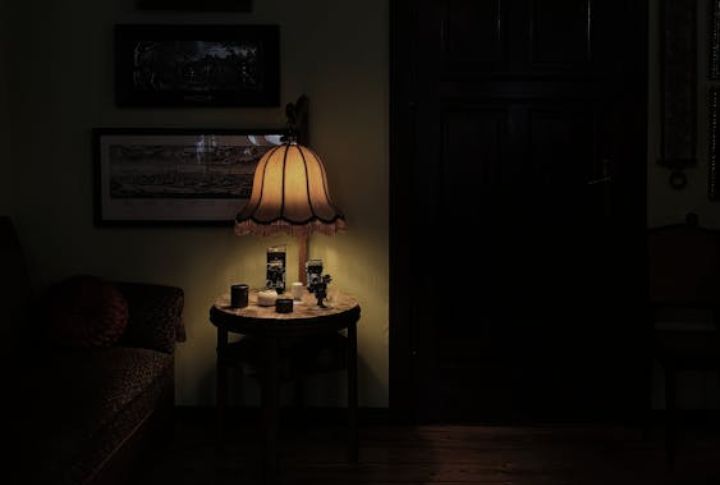
Why does this room feel like a basement, even when it’s not? Bad lighting is often the culprit. Relying solely on overhead fixtures drains warmth from a room. Instead, layer in floor lamps and open up the blinds. This will make your home look inviting.
Letting Repairs Pile Up
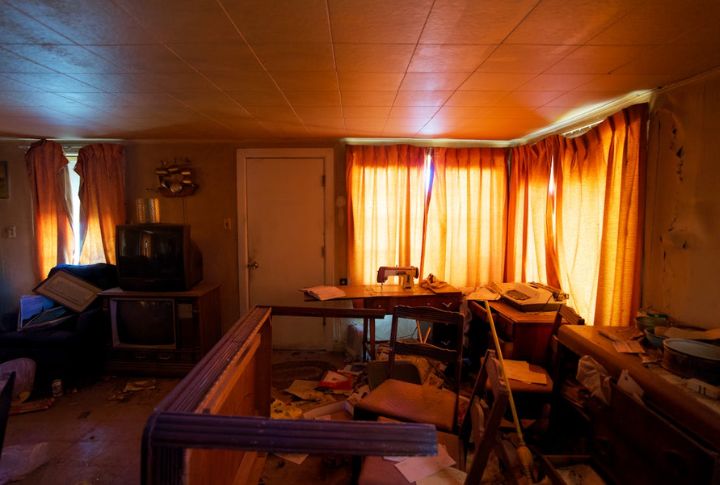
Quick maintenance doesn’t just improve aesthetics. It also reassures buyers that the home has been consistently cared for and won’t spring unwanted surprises. A scuffed baseboard here, a leaky tap there or even a broken lamp all add up to a house that looks neglected.
Choosing Loud Colors That Speak Too Much
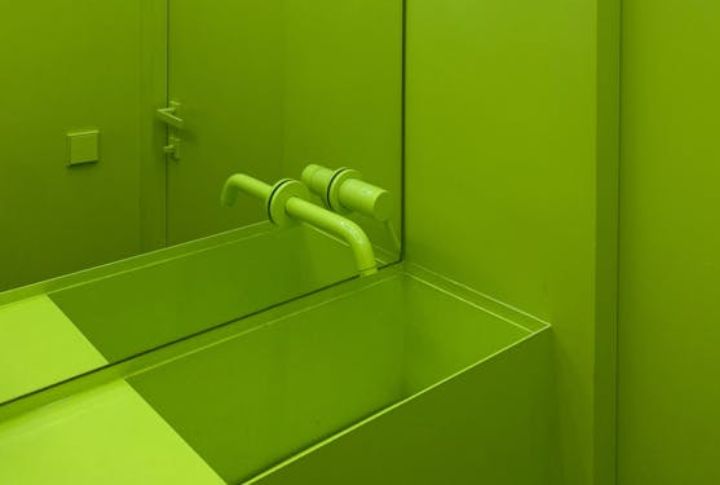
It might be your favorite shade of lime green, but to buyers, it’s just loud. Bold wall colors can hijack attention and limit imagination. On the other hand, softer, more neutral tones allow people to focus on the space itself and picture their own versions of home.
Decor That Dates The Room
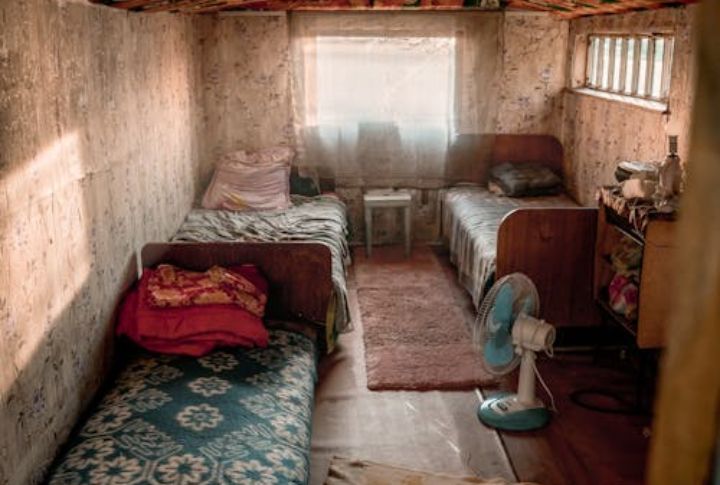
Throwback Thursday shouldn’t apply to your staging, and heavy drapes behind worn tables won’t do you any favors. So, swap all your old furniture and fixtures for modern accents with clean lines and neutral tones. This kind of subtle refresh makes a big difference in how current the space feels.
Overcrowding Every Room
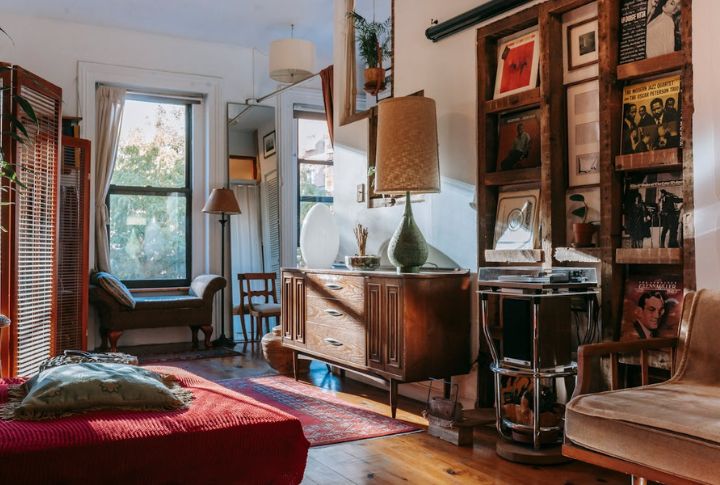
Furniture that hugs every wall or blocks walkways makes rooms feel closed. There’s no space for vision when every square foot is spoken for, and even spacious homes feel smaller under too much weight. When staging, edit the layout. It can influence a buyer’s thought process.
Underplaying The Outdoor Spaces
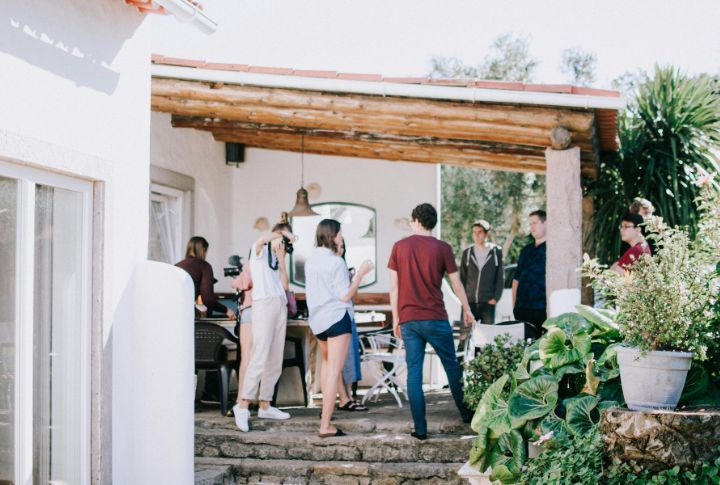
Just because the patio isn’t huge doesn’t mean it can’t be magical. Even small outdoor areas can shine with a few well-placed pieces and fine touches. Add a bistro set or string lights, and suddenly the space feels like an extension of the home, not an afterthought.
Pieces That Don’t Fit The Picture
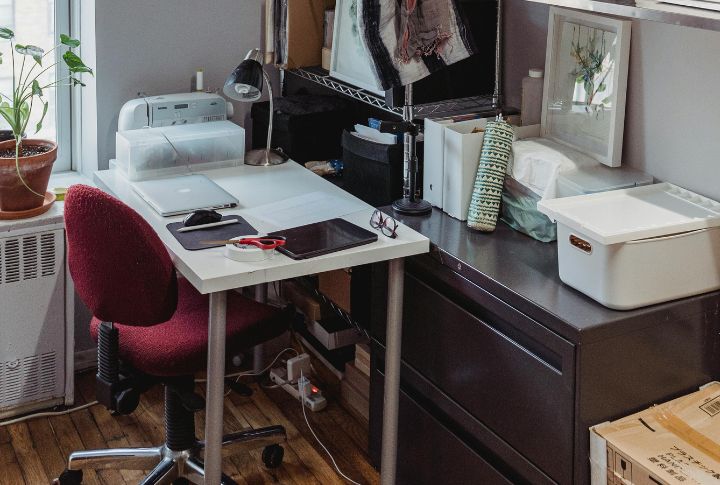
Setting the visual rhythm of a room starts with the furniture layout. When the scale feels off—like a tiny dining table in a large room—buyers notice immediately and begin to disengage. So, prioritize the arrangement to make sure every square foot is utilized to its full potential.
Odors That Disrupt The Atmosphere

Buyers will mentally check out the moment they catch a whiff of something off, no matter how stunning your staging looks. Clean isn’t enough, you need clean plus inviting. Stick with proven winners like lemon or eucalyptus scents that millions of successful sellers swear by.
Wall Art That Fights For Attention
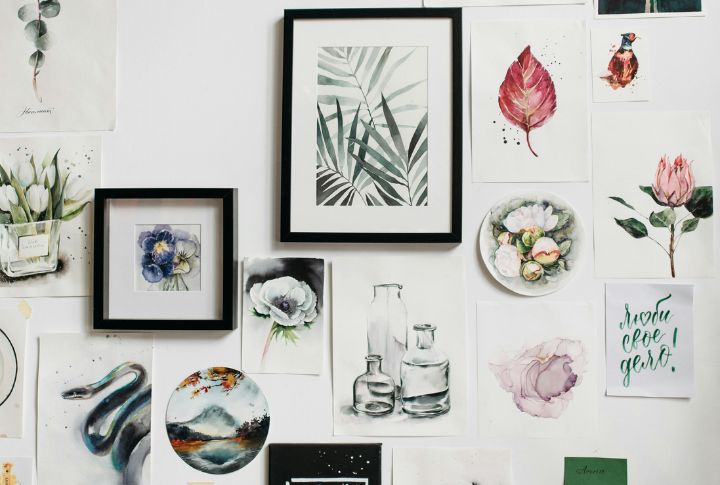
Gallery walls with too many frames or mismatched pieces interrupt buyer focus. Staging calls for restraint, so try to go with just one large piece to accentuate the wall, or a thoughtfully placed mirror. This allows the room’s structure and scale to come through clearly. Artwork should support the space without stealing the spotlight.
Letting Kitchens Lose Their Spark

You don’t need high-end appliances in the kitchen to make a strong impression. Instead, focus on condition and cleanliness, and the result is a refreshed space that looks good and cared for. Most buyers instinctively linger in the kitchen, and if the space feels tired, hesitation builds.
Bare-Bones Bathrooms That Undersell
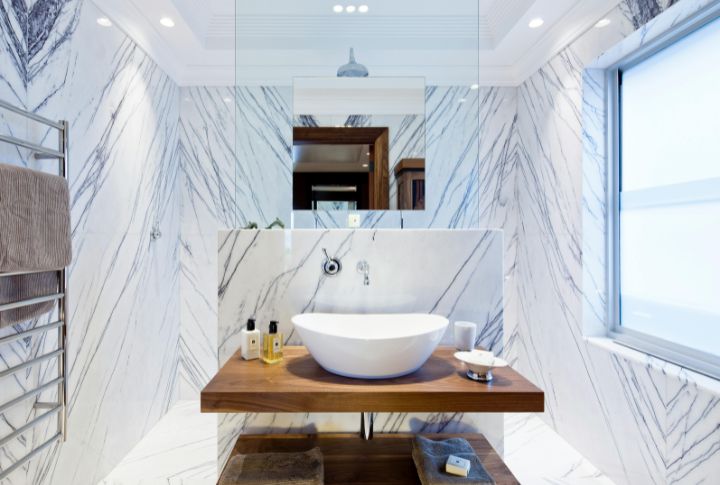
Zillow (2023) found that well-staged bathrooms can boost a home’s sale price by up to 2%. That may be a small upgrade, but it comes with big returns. A new shower curtain, updated hardware and a spotless finish can transform a basic bathroom into a space that’s stylish.
Closets That Reveal Chaos, Not Capacity
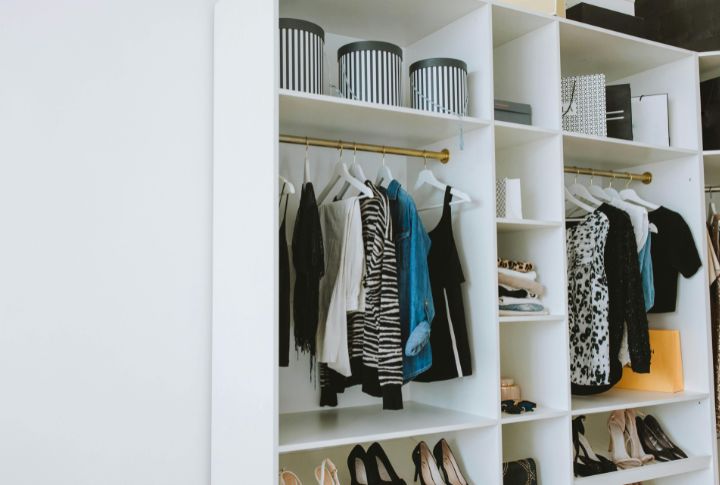
Buyers are always peeking inside closets. So, what kills the deal? Chaos crammed into every corner. Bursting shelves practically shout, “No storage,” while strategically sparse closets whisper, “Room to grow.” People need to see an organized space. It helps them imagine future setups, and that’s a powerful emotional nudge toward a sale.
Features That Fade Into The Background

Every home has something that makes it special, whether it’s a bay window or a custom fireplace. Leaving these elements unstaged weakens their impact. So, highlight the standout features of your home—ones that will help buyers remember your space over the next one. This will become your best competitive edge.

